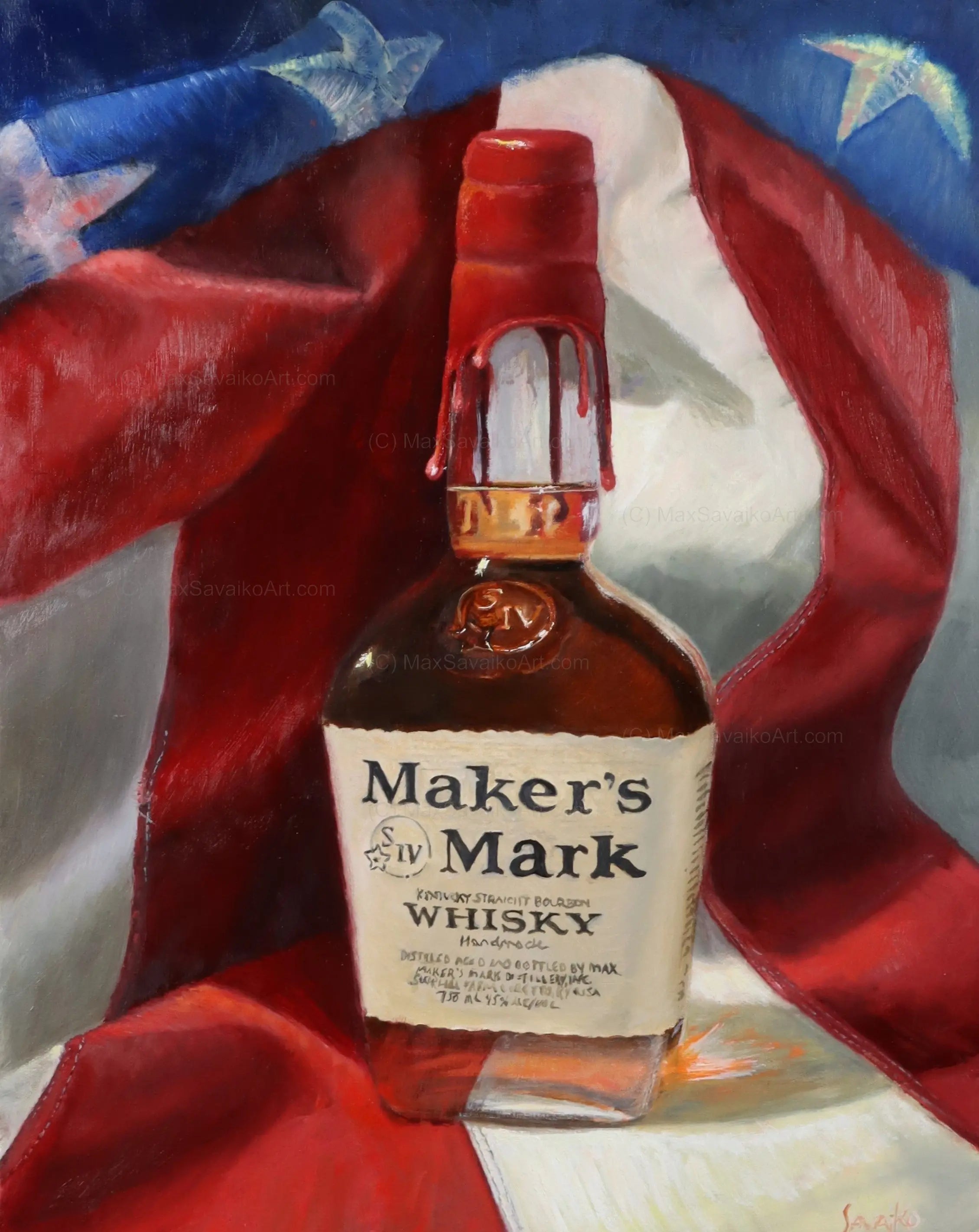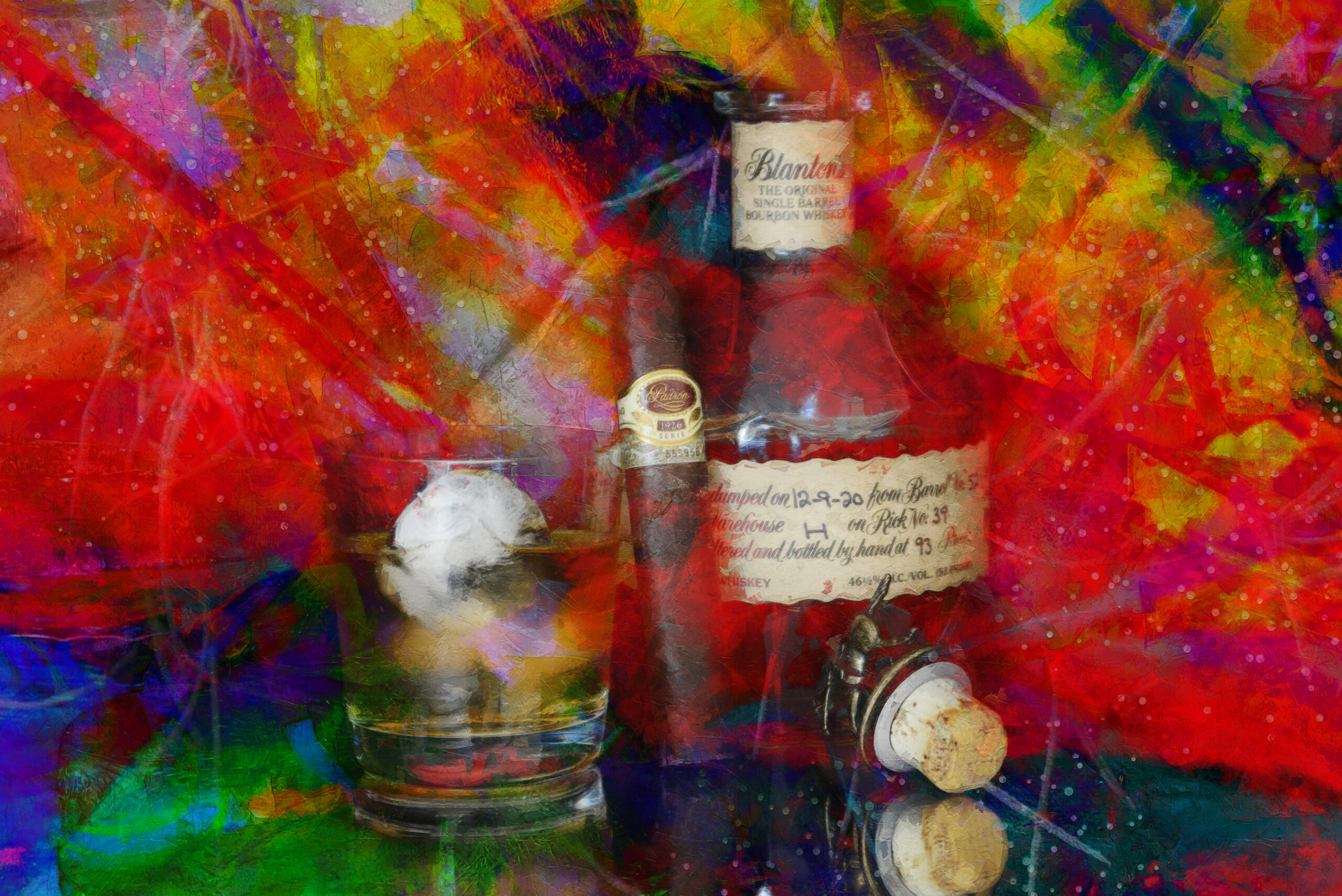Bourbon Art in Contemporary Culture: Where Practice Satisfies Advancement
Bourbon Art in Contemporary Culture: Where Practice Satisfies Advancement
Blog Article
The Relevance of Whiskey Art in Celebrating Heritage and Craftsmanship in the Beverage Sector
The detailed connection between bourbon art and the party of heritage and workmanship within the drink sector can not be overemphasized. With attentively made tags and bottles, scotch brand names encapsulate their historic origins and the artisanal skills that define their manufacturing approaches. This artistic measurement not only improves market allure yet likewise works as a channel for cultural storytelling, fostering a deeper connection in between the craft and the customer. As we explore the numerous facets of this topic, fascinating questions regarding the influence of modern trends on standard methods develop, prompting additional evaluation.
The Historic Roots of Whiskey
At the heart of whiskey's appeal exists a rich tapestry of historic roots that map back to ancient worlds. The beginnings of bourbon can be linked to the purification techniques of the Sumerians and Babylonians around 2000 BCE, where early forms of fermented grain beverages started to emerge. It was in the Middle Ages that the art of purification developed significantly, specifically in Ireland and Scotland, leading to the production of bourbon as we know it today.
The term "whiskey" itself originates from the Gaelic word "uisce beatha," suggesting "water of life." This expression emphasizes the social significance of scotch in Celtic cultures, where it was frequently connected with routines, celebrations, and common bonding. By the 15th century, purification came to be an identified craft within monastic neighborhoods, paving the way for the establishment of legal distilleries.
As profession routes broadened, whiskey's appeal grew, going beyond regional boundaries and capturing the rate of interest of lovers worldwide. Bourbon Art. This historical trip shows not just the workmanship behind whiskey manufacturing but likewise its indispensable role in social and social contexts, marking it as a significant drink throughout history
Artistic Expression in Branding
Whiskey branding stands as an engaging crossway of creativity and business, where aesthetic identification plays an essential role fit customer assumption. The aesthetic appeals of scotch labels, product packaging, and advertising materials show not just the brand's tale yet likewise its core values and heritage. Via imaginative expression, distilleries convey a narrative that resonates with customers, evoking emotions and triggering connections.
The usage of color, typography, and images in branding offers to differentiate items in a saturated market. For instance, standard concepts might stimulate a feeling of authenticity and craftsmanship, while modern-day designs can symbolize development and forward-thinking. This calculated imaginative instructions improves brand name recognition and commitment, permitting customers to build an individual connection with the bourbon they select.
Moreover, creative expression in branding often works as a celebration of local heritage. Distilleries often integrate neighborhood signs or historical referrals into their layouts, creating a sense of area that welcomes customers to take part in a broader cultural experience. Ultimately, the virtuosity behind whiskey branding not just improves aesthetic allure however likewise enriches the general story of the brand name, promoting a deeper appreciation for the workmanship and heritage ingrained in each bottle.
Craftsmanship in Bottle Layout
The artistry noticeable in whiskey branding extends beyond aesthetic identification to include the workmanship associated with bottle layout. Each container works as a vessel not simply for the spirit within, however likewise for the tale it tells concerning its high quality, tradition, and origin. The design procedure needs meticulous attention to detail, as aspects such as form, product, and closure contribute considerably to the total assumption of the bourbon.
Craftsmanship in container design includes picking premium glass that can enhance the scotch's shade and clearness, while additionally supplying a responsive experience for the customer. The shape of the bottle must be both visually enticing and practical, usually mirroring the heritage of the brand name. Several distilleries choose unique shapes or printed logo designs that evoke a feeling of authenticity and background.
Moreover, the tag style and typography play an essential function in connecting the brand's narrative. Limited Edition. A well-crafted container not just mesmerizes the consumer's eye however also enhances the brand name's commitment to high quality and tradition. In this method, the workmanship of bottle design ends up being a crucial element of the scotch experience, merging virtuosity with a profound regard for heritage
Cultural Importance of Whiskey Art
Celebrating practice and workmanship, the cultural significance of bourbon art goes beyond simple looks, linking with the historic and social narratives of the regions from which it stems. Each container acts as a canvas, portraying the unique stories, folklore, and customs that have shaped regional whiskey-making practices. The detailed designs typically reflect the heritage of the distillers, including signs and motifs that resonate with the society and worths of their communities.

In addition, bourbon art plays a vital duty in communal gatherings and celebrations, functioning as a tangible link in between individuals and their shared experiences. By appreciating the creativity in whiskey product packaging, customers grow a Read Full Report deeper understanding and respect for the craft, eventually enhancing their satisfaction of the beverage itself.
Modern Trends in Scotch Discussion
In current years, the presentation of bourbon has developed to reflect modern tastes and fads navigate to this website while still recognizing traditional workmanship - Bourbon Art. Distilleries are significantly concentrating on aesthetic aspects that boost the total drinking experience, bridging the void in between heritage and modernity
Cutting-edge container designs have emerged, usually incorporating sustainable materials and creative tags that inform compelling stories. Many brands now collaborate with local musicians, instilling their items with special aesthetic expressions that reverberate with customers. In addition, limited-edition releases are frequently packaged in collectible containers, adding worth and charm for lovers.

Conclusion
Finally, scotch art serves as an essential channel for revealing the heritage and craftsmanship inherent in the drink industry. With intricate branding, ingenious container designs, and culturally substantial imaginative aspects, bourbon brands effectively honor their customs and get in touch with customers. More hints This artistic story not just raises the gratitude of whiskey yet likewise enhances area identity and pride among manufacturers. Inevitably, bourbon art plays a crucial function in preserving and celebrating the rich cultural tapestry of whiskey-making.


Workmanship in container design includes picking high-grade glass that can boost the scotch's color and clearness, while also providing a tactile experience for the consumer. In this way, the craftsmanship of bottle style ends up being a vital facet of the bourbon experience, merging creativity with a profound respect for heritage.
In conclusion, whiskey art offers as a crucial channel for revealing the heritage and workmanship fundamental in the drink industry.
Report this page